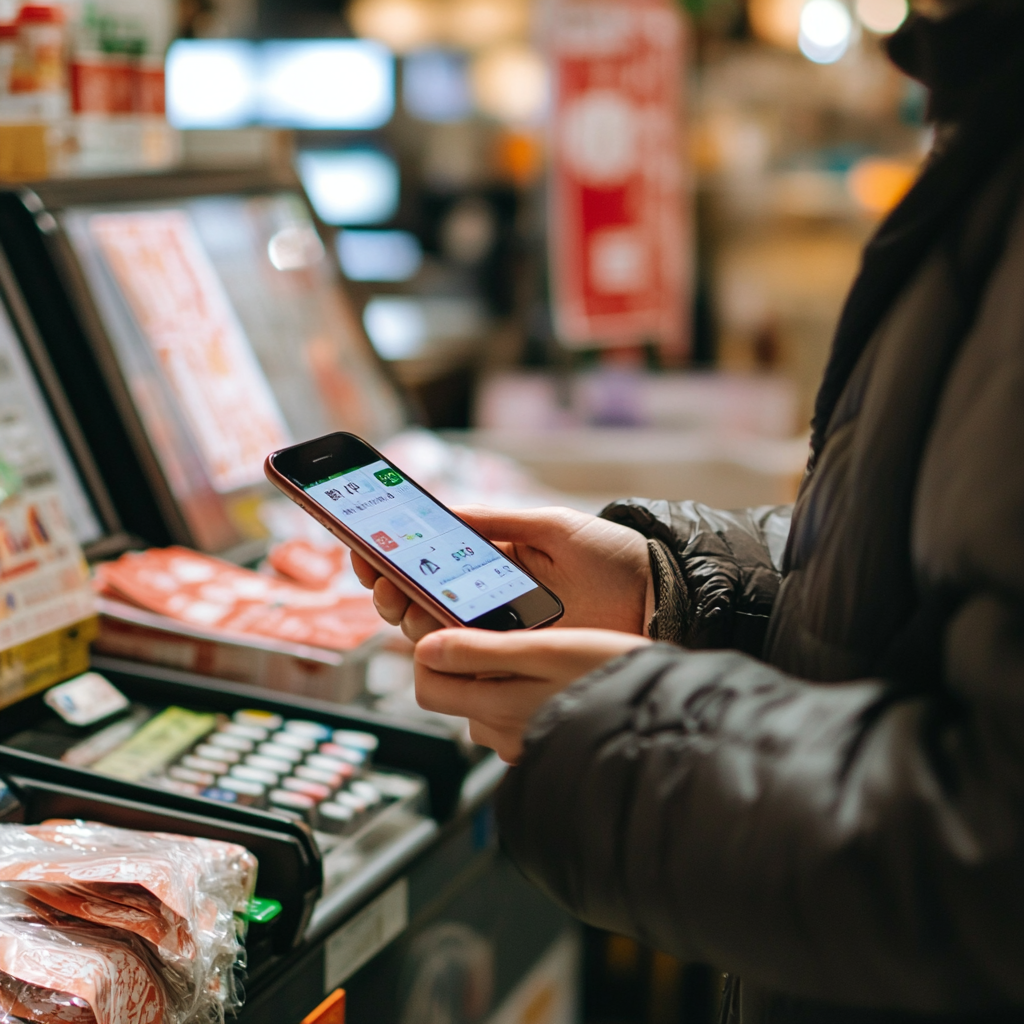Subscription Models: Designing Flexible Recurring Purchase Options
Flexible subscription models can help retailers and brands match customer expectations for convenience and control. This article outlines practical approaches to building recurring purchase options that reduce friction, support retention, and align with fulfillment and sustainability goals.

Subscription commerce is evolving from simple replenishment plans to flexible, customer-centric recurring purchase options that fit diverse shopping habits. Designing these models requires balancing convenience, transparency, and operational efficiency so that subscribers feel in control while businesses maintain predictable revenue and manageable logistics. Clear choices, transparent billing, and easy modification or cancellation are core to healthy subscription lifecycles.
How can ecommerce platforms support subscriptions?
Ecommerce platforms must provide adaptable subscription logic alongside standard product listings and cart flows. That means supporting varied billing intervals, bundle creation, trial and introductory pricing options, and inventory-aware scheduling. Integrations with payment gateways, customer portals, and subscription management tools enable automated invoicing and dunning recovery. For retail brands, linking SKU-level subscription settings to fulfillment systems reduces stockouts and improves customer trust. A modular platform approach lets teams iterate on subscription offers without disrupting checkout or existing product pages.
How to reduce cart abandonment at checkout?
Cart abandonment is common in subscription signups when the checkout process is unclear or contains unexpected costs. Reduce friction by showing total recurring price, billing cadence, and first delivery date early in the flow. Offer guest checkout, smooth account creation, and progressive disclosure for optional add-ons. Use clear microcopy to explain shipping, discounts, and return policies. Streamline payment entry with saved payment methods and mobile-optimized inputs. Monitoring checkout analytics highlights drop-off points and informs targeted adjustments to form fields, messaging, or required steps.
How does personalization impact recurring orders?
Personalization helps match subscription frequency, assortment, and pricing to individual preferences, improving retention. Use customer purchase history and stated preferences to suggest suitable intervals or curated bundles. Allow subscribers to pause, skip, or modify deliveries easily from a self-service portal. Personalized email reminders, replenishment nudges, and targeted incentives based on lifecycle stage keep subscriptions relevant. Ensure personalization respects privacy and consent requirements, and provide transparent controls so customers can update preferences without contacting support.
How can AI and AR enhance subscription experiences?
AI can forecast demand, optimize replenishment cadences, and predict churn risk to guide retention strategies. Machine learning models help recommend product variants or bundle compositions that align with a subscriber’s tastes. AR (augmented reality) can assist in product discovery for recurring items—visualizing how products fit into a customer’s home or routine can improve initial conversion. Both technologies should be used to reduce cognitive load: AI for back-end decisioning and AR for front-end confidence-building during selection.
How to design mobile-first subscription flows?
Mobile is often the preferred channel for subscription signups and management, so flows should be concise and touch-friendly. Prioritize single-column layouts, large form fields, and minimal typing by leveraging device-native features like biometric authentication and stored payment methods. Use in-app or responsive portals for subscription management, enabling quick skips, reschedules, and address updates. Mobile push and SMS reminders can support retention, but always offer clear opt-out controls to comply with consent expectations.
How to manage fulfillment, returns, and sustainability for subscriptions?
Operational resilience is critical: link subscription schedules to real-time inventory and fulfillment windows to avoid late shipments. Enable flexible delivery options—consolidated shipments, pickup, and locker services—to reduce costs and customer friction. Clear return and exchange policies for recurring items reduce confusion and improve satisfaction; automate return labels where feasible. Incorporate sustainability by offering recycling programs, refillable packaging, and options to slow cadences for lower environmental impact. Communicate those choices transparently so subscribers understand trade-offs.
Subscription models blend customer experience, operations, and technology. Prioritizing clarity in billing and checkout, offering self-service personalization, and applying AI to forecasting can reduce cart abandonment and support long-term engagement. Mobile-friendly management and thoughtful fulfillment policies, including returns and sustainability measures, create subscription programs that are both flexible for customers and manageable for organizations.





